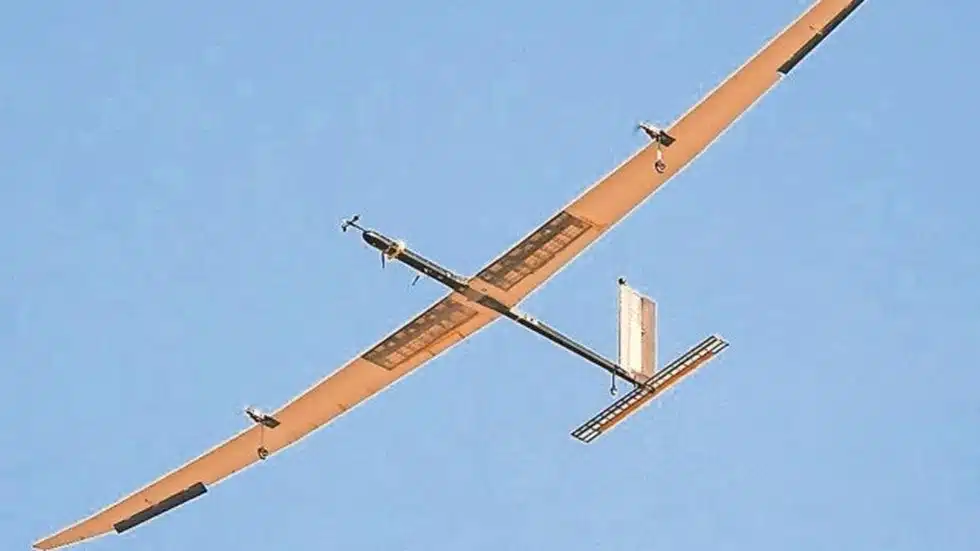About High-Altitude Pseudo Satellite vehicle
- It is a new age unmanned aerial vehicle (UAV) that can significantly increase India’s surveillance and monitoring capabilities in the border areas.
- It is a still-developing technology, and the successful test flight last week puts India among a very small group of countries currently experimenting with this technology.
- Features
- It can fly at altitudes of 18-20 km from the ground, almost double the heights attained by commercial airplanes.
- It has the ability to generate solar power.
- It can remain in air for months, even years, offering it advantages of a satellite.
- It does not require a rocket to get into space.
- The cost of operating HAPS is several times lower than that of a satellite that is usually placed at least 200 km from the earth.
- Applications of HAPS
- It can be very useful in disaster situations.
- It can even be used to provide mobile communications networks in remote areas
- Even it can be used in continuous surveillance of border areas to detect changes or movements.
Q1) How does Solar Energy create?
Solar energy is any type of energy generated by the sun. Solar energy is created by nuclear fusion that takes place in the sun. Fusion occurs when protons of hydrogen atoms violently collide in the sun’s core and fuse to create a helium atom.
Source: Meet HAPS: India’s very own UAV that can fly 20 km high and float for months
Last updated on July, 2025
→ UPSC Notification 2025 was released on 22nd January 2025.
→ UPSC Prelims Result 2025 is out now for the CSE held on 25 May 2025.
→ UPSC Prelims Question Paper 2025 and Unofficial Prelims Answer Key 2025 are available now.
→ UPSC Calendar 2026 is released on 15th May, 2025.
→ The UPSC Vacancy 2025 were released 1129, out of which 979 were for UPSC CSE and remaining 150 are for UPSC IFoS.
→ UPSC Mains 2025 will be conducted on 22nd August 2025.
→ UPSC Prelims 2026 will be conducted on 24th May, 2026 & UPSC Mains 2026 will be conducted on 21st August 2026.
→ The UPSC Selection Process is of 3 stages-Prelims, Mains and Interview.
→ UPSC Result 2024 is released with latest UPSC Marksheet 2024. Check Now!
→ UPSC Toppers List 2024 is released now. Shakti Dubey is UPSC AIR 1 2024 Topper.
→ Also check Best IAS Coaching in Delhi















